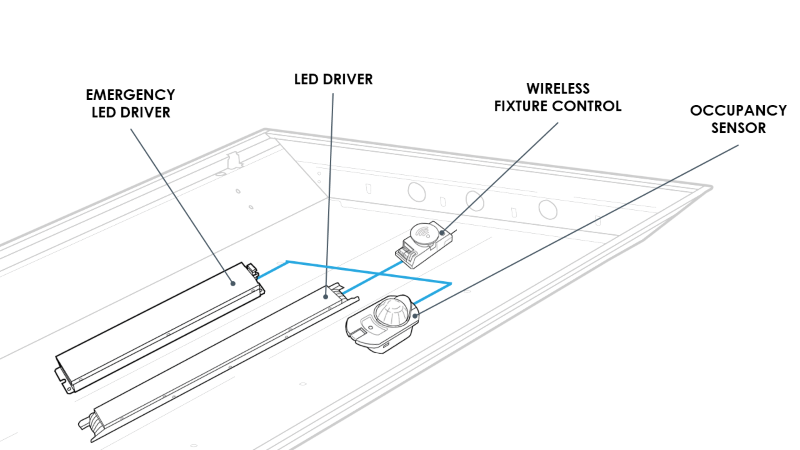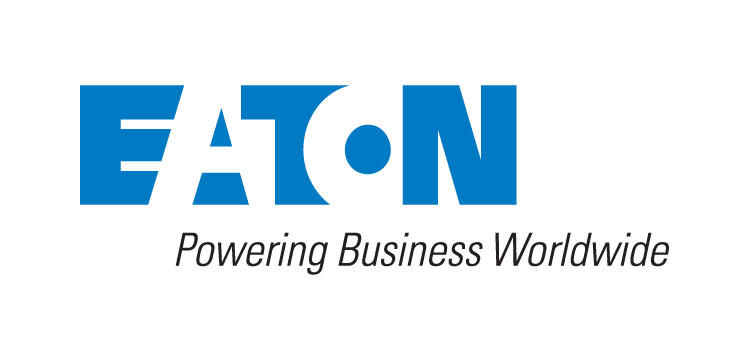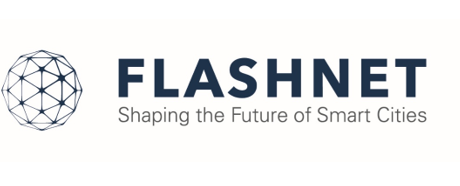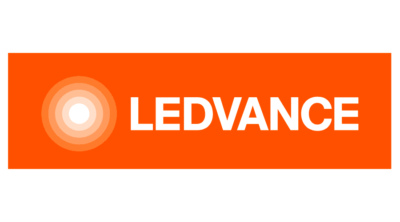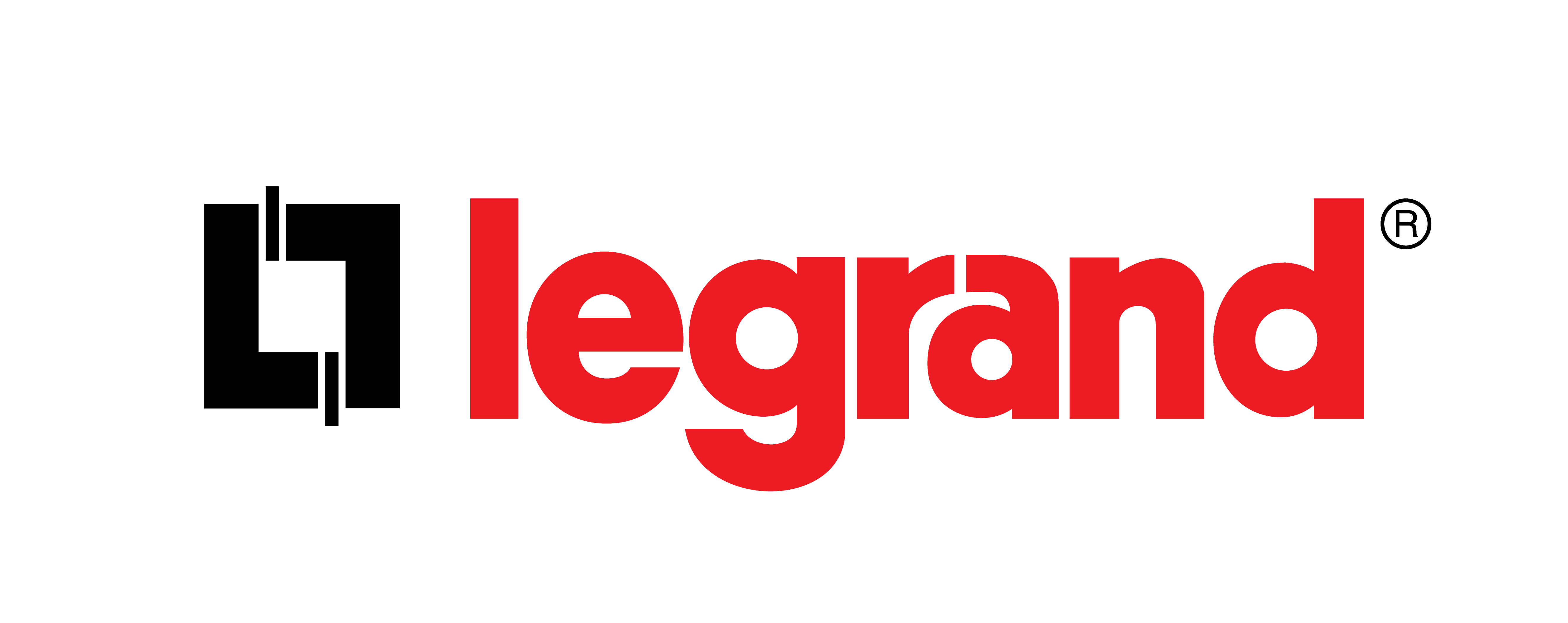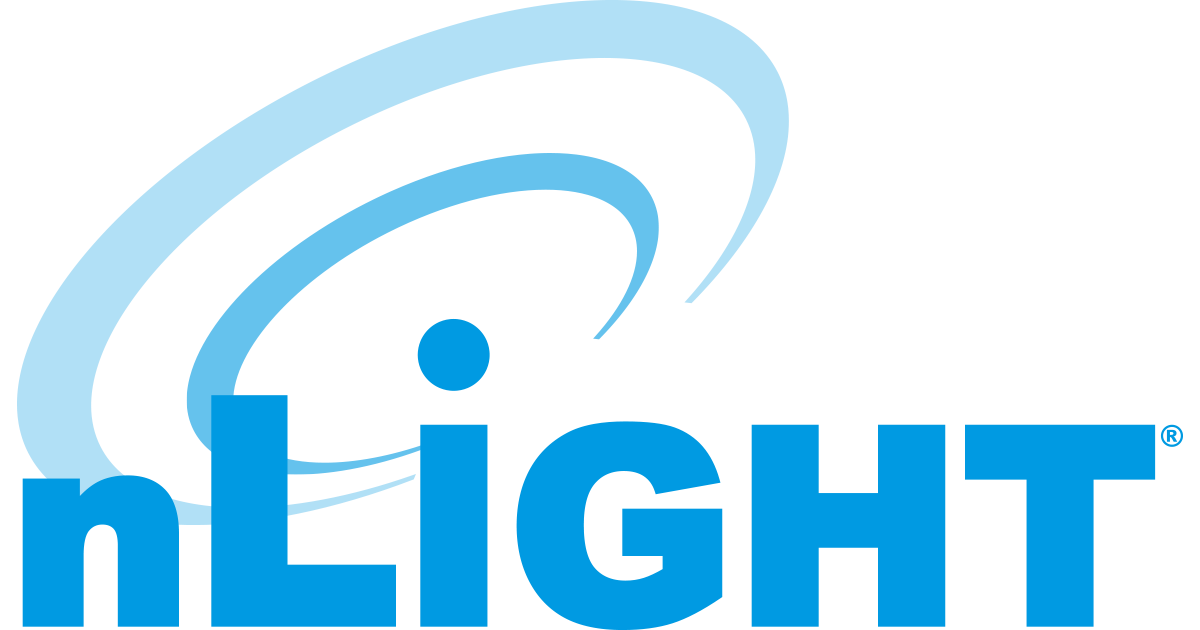Craig DiLouie, LC, CLCP, education director of the Lighting Controls Association and a freelance lighting journalist, recently interviewed Gilles Abrahamse, Vice President/GM Digital Luminaire Components – Acuity Brands Lighting, about connected lighting for an article that will be published in the August issue of tED Magazine. Here’s the transcript.
DiLouie: How would you characterize demand and resulting sales opportunity for connected lighting? Looking at 1) luminaires packaged with integral controls versus control systems added to luminaires, 2) room-based versus centralized building-based systems, 3) new construction versus LED upgrades in existing buildings, and 4) applications, what are the hottest categories and markets?
Abrahamse: First, it is important to understand that there is connected lighting and there is a connected luminaire. Connected lighting means that all lighting in a building is connected and can be configured and controlled centrally or remotely. A connected luminaire brings the connectivity, often digitally, all the way into the luminaire.
The demand for connected lighting and luminaires is solidly increasing. The availability and adoption of wireless technology is an important driver for this trend.
In terms of applications, connected lighting and luminaires have been traditionally indoor focused, but we also see an increase in luminaire connectivity (again, often wireless) for outdoor areas such as parking areas and garages.
DiLouie: What are the benefits of connected lighting?
Abrahamse: The main benefits of a connected lighting system are intelligent energy savings, remote control, configuration, and monitoring, a better and healthier lighting system that adapts to its user, and a data generating system that helps to utilize spaces more effectively, safely and efficiently.
The main benefits of a connected luminaire with embedded controls include the following:
• lower total installed cost due to the reduction in labor and fewer devices to install (sensors and digital network interfaces integrated into the luminaire)
• reduced upfront design complexity with fixture embedded control and sensing
• flexibility in (re)configuration of the space
• elimination of interoperability challenges on the jobsite
• additional information/data with a digital connection in the luminaire, such as sensor data, easy feature upgrades, diagnostics that monitors the health of the lighting system.
DiLouie: Why should distributors be focusing on this category?
Abrahamse: One of the reasons to focus on connected lighting is the increased requirements driven by energy codes – connected lighting provides the greatest configurability and is becoming increasingly easier to install, with connected luminaires being one of the main drivers.
Another reason is building owners are looking for better ways to utilize their assets – a connected lighting system and luminaires can help maximize space utilization, creating a healthier environment for the user, and provide better insights in (preventive) maintenance.
DiLouie: What are the top technological trends in connected lighting?
Abrahamse: The top technological trends for connected lighting are, first and foremost, embedding the control connections and devices in the luminaire (sensors, drivers, other control devices), wireless lighting control, digitally connected LED drivers, and the availability of data around a sensory network
DiLouie: In existing buildings, connected lighting requires an investment to produce a return, but due to the lower LED lighting load being installed, the value of energy cost savings can lengthen paybacks. How should distributors approach the sale of lighting controls in these cases?
Abrahamse: Energy savings are one part of the story for connected luminaires, but there is more to consider in the ROI calculation. It is recommended for distributors to think beyond energy savings, as there is value in the better utilization of the space, which leads to a more efficient building and ease of configurability of the space.
DiLouie: When connected across a building or enterprise and operated via software, a connected lighting system becomes not only highly responsive but gains significant new potential capabilities. What can be gained? As building owners look to building Internet of Things solutions, what is the role for connected lighting, and do you see a role for connected lighting as being an “IoT Lite” for medium-sized and smaller buildings?
Abrahamse: The connected lighting system when operated or connected to a network are expansion of the features such as, creating schedule and creation of zones/scenes but there are advanced capabilities, improved user experience from the better utilization of the space and the ease of reconfigurability of the space. Additionally, fully connected lighting systems can share data with other systems, such as HVAC. This allows building management systems (BMS) to consume connected lighting system data, such as occupancy status, to help drive further building efficiencies.
Beyond energy savings, a connected lighting system can help provide better utilization of the available sq. footage and help the user to be more productive and efficient.
DiLouie: When looking at new capabilities such as space optimization, what can distributors do adjust their sales approach and properly communicate the value of these capabilities?
Abrahamse: New capabilities include space optimization, efficiency and easy reconfigurations of the space. Through data, customers can now fine tune their environment leading to a better user experience which at the same time improves the efficiency of the building and productivity from the people in the space.
DiLouie: What can distributors do to position their firms to promote and sell connected lighting?
Abrahamse: There are two things a distributor can do to position their firms for connected lighting. First, invest in controls personnel and training to better understand the value and the offering. Second, partner with the manufacturer to learn and provide feedback on what the customer is seeking, features or benefits.
DiLouie: If you could tell the entire electrical industry just one thing about connected lighting, what would it be?
Abrahamse: The lighting industry is transforming since the adoption of LED and connected lighting and luminaires are a major part of this continuous change. Connected lighting will be the new normal and will help create new value in the lighting industry.

